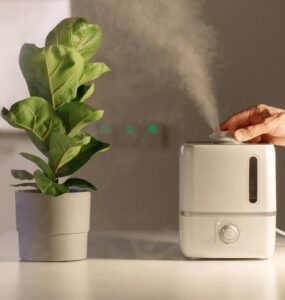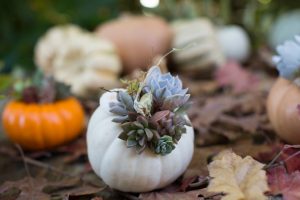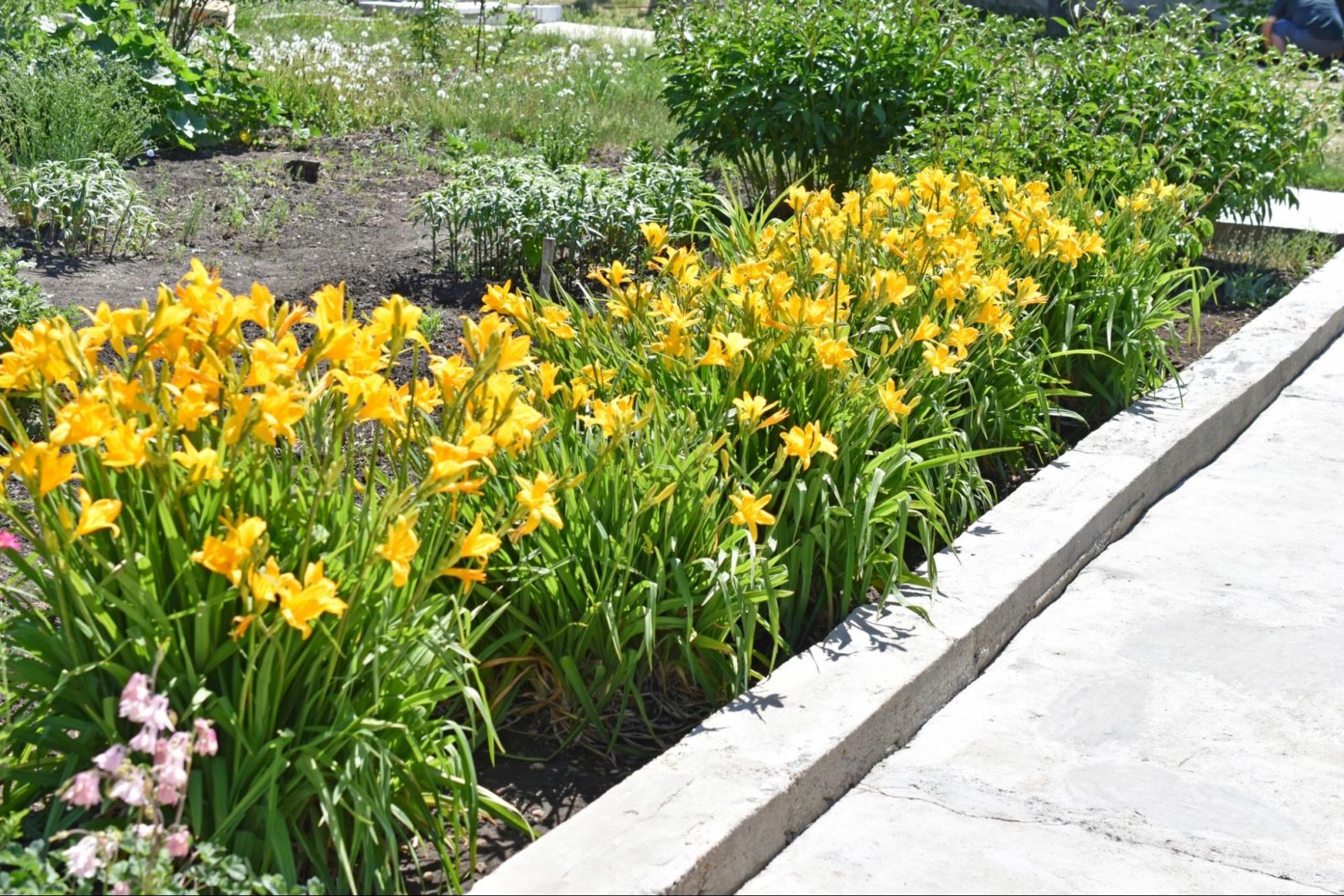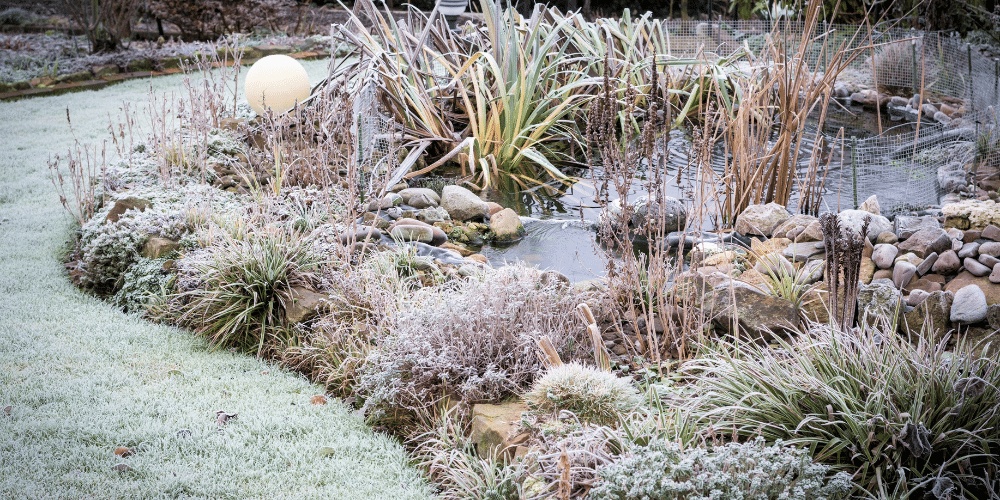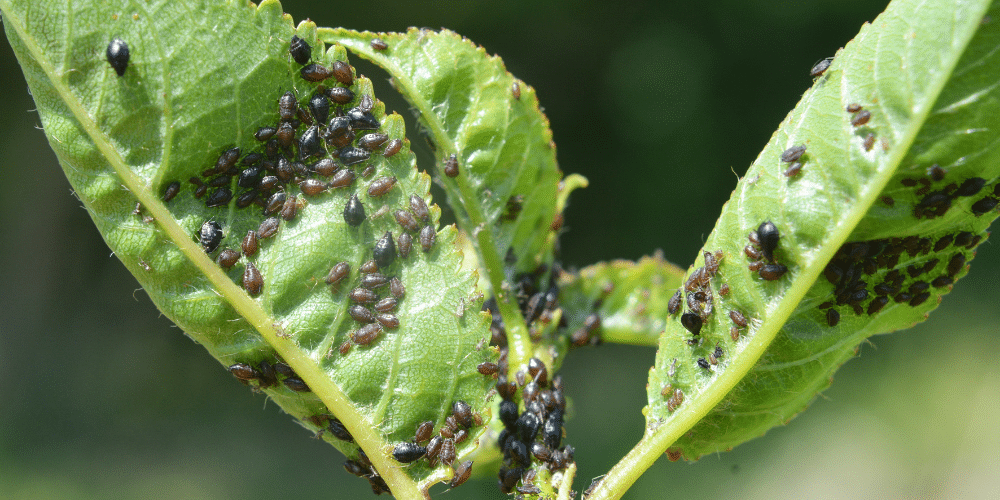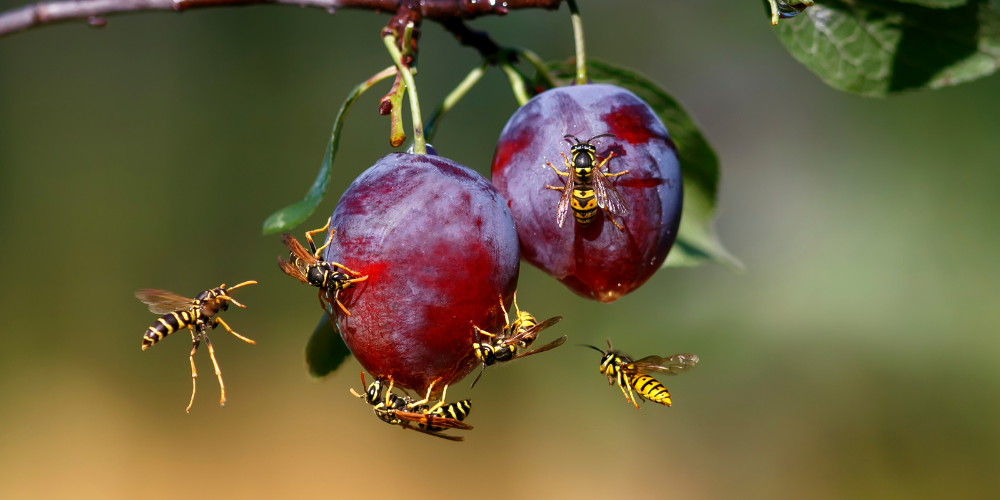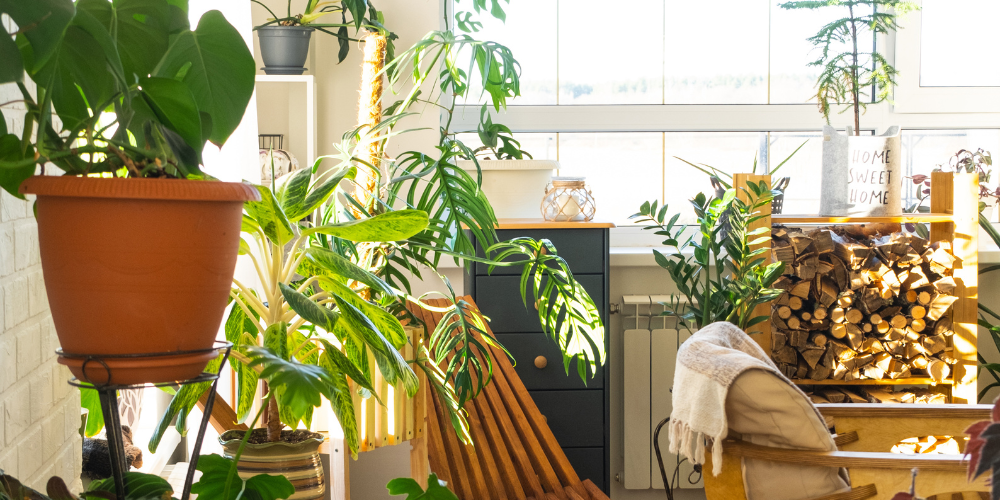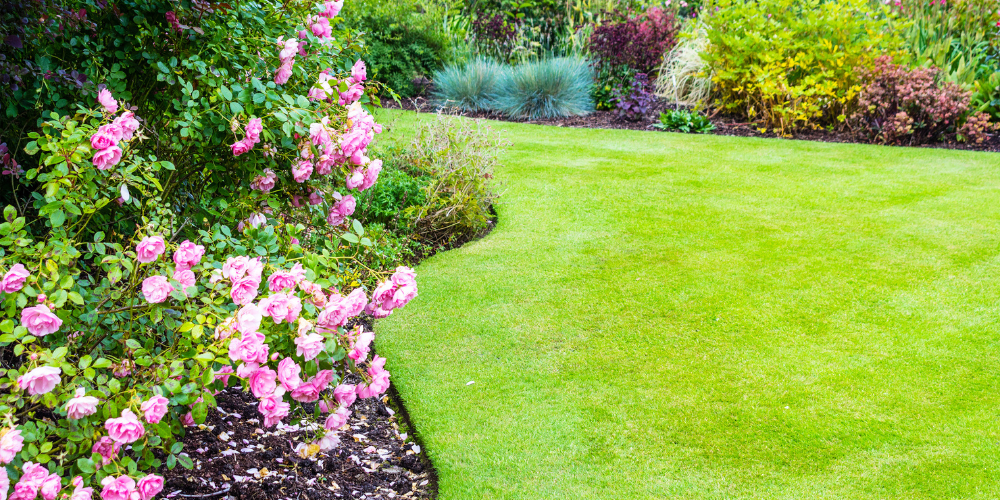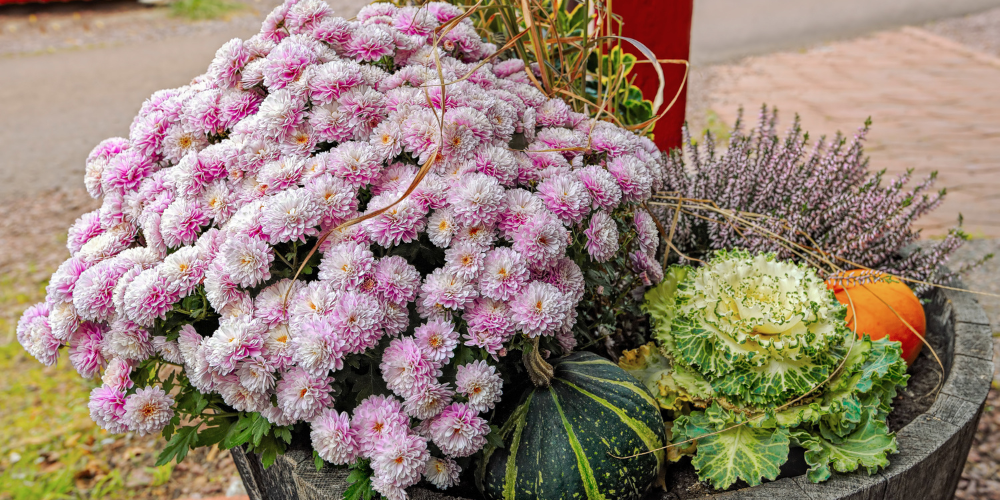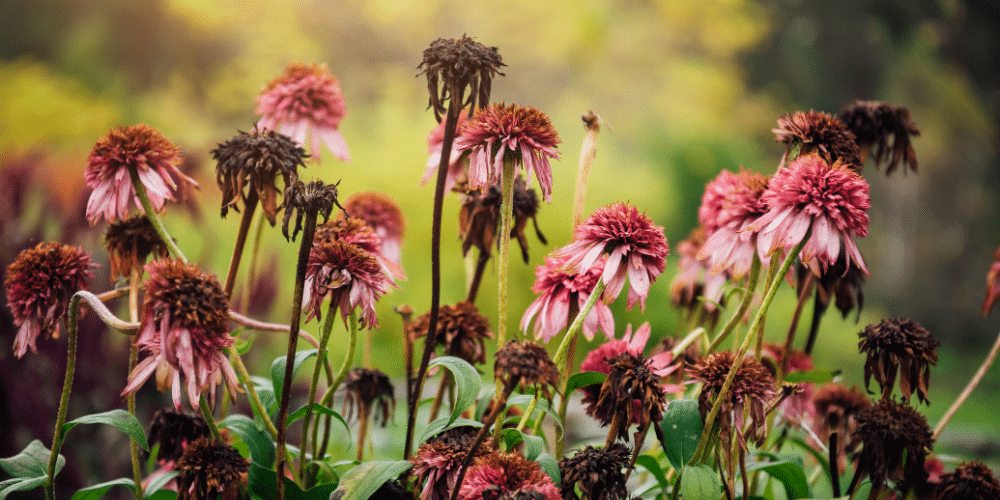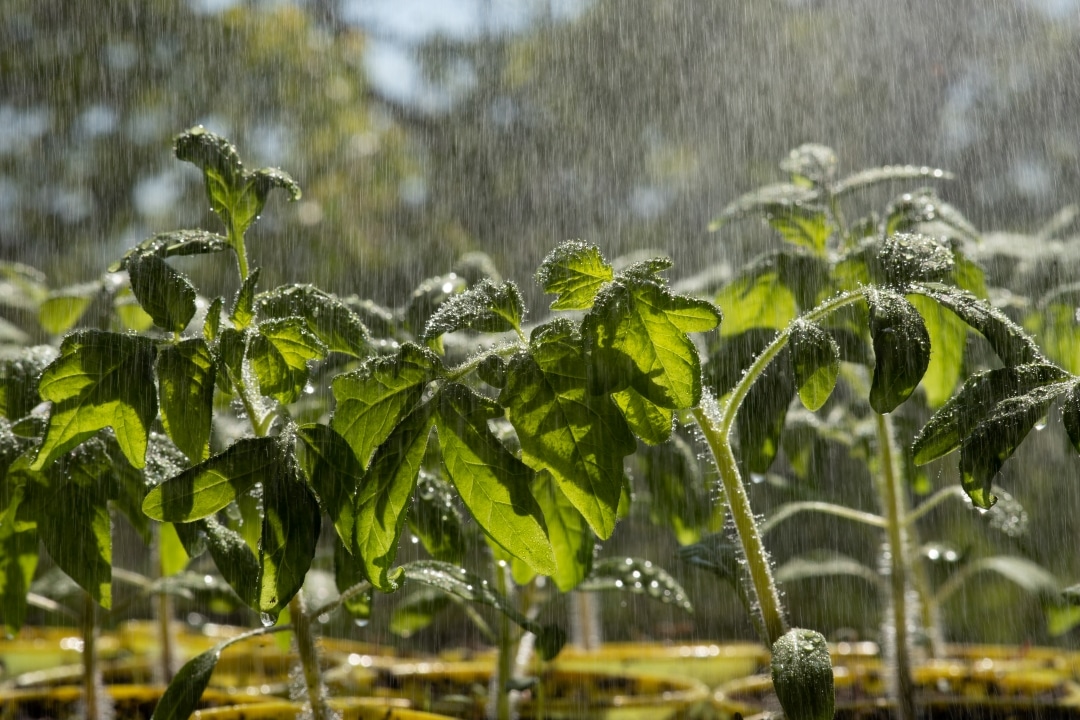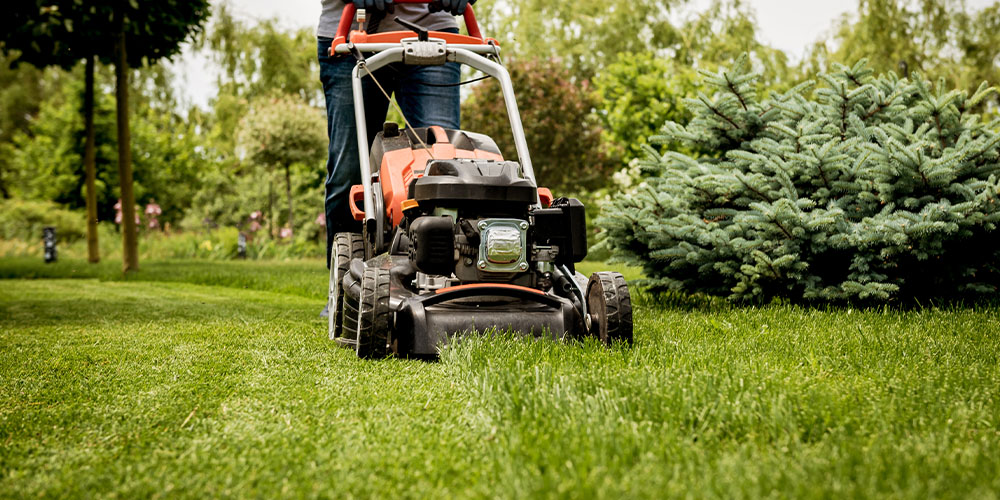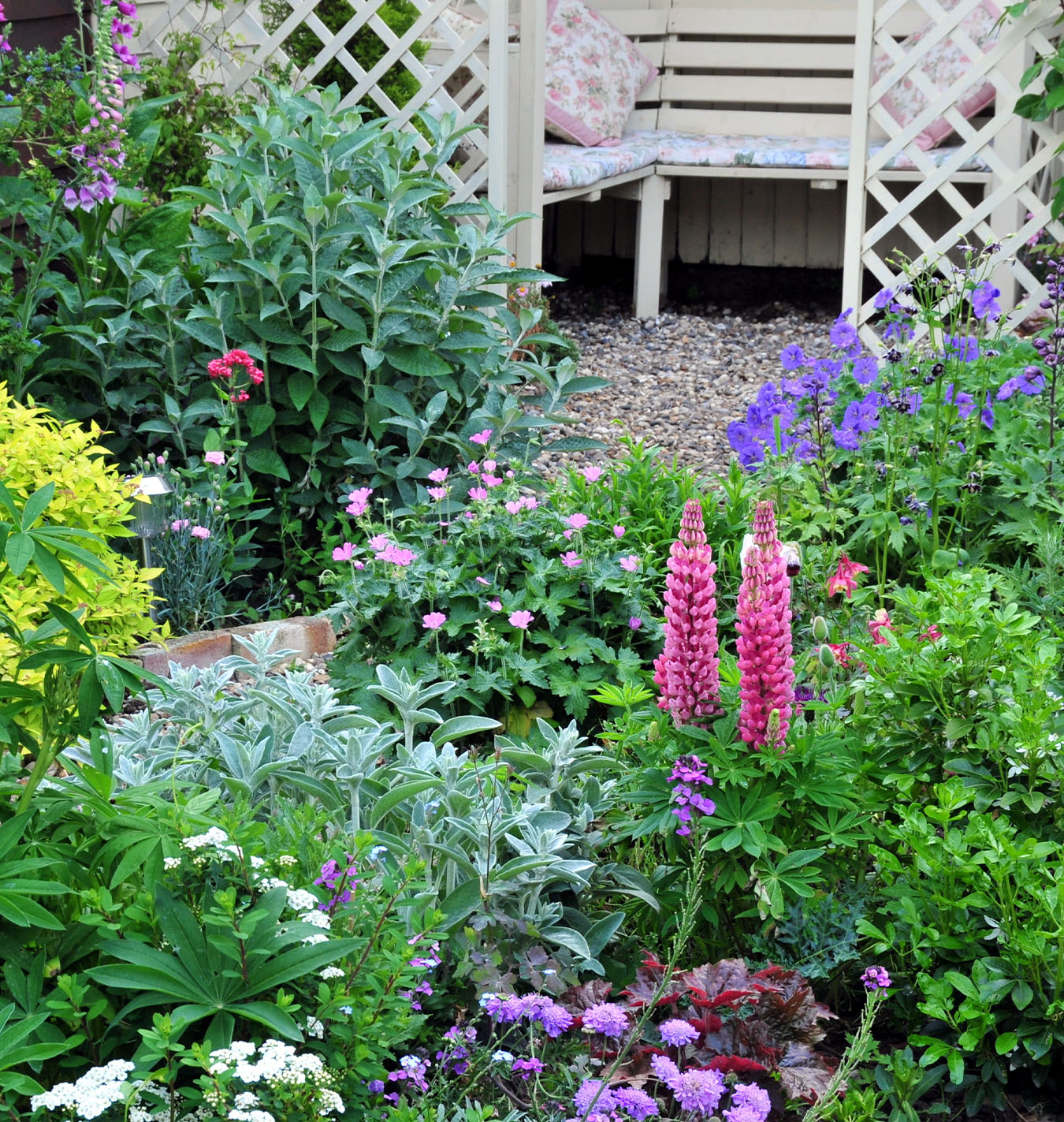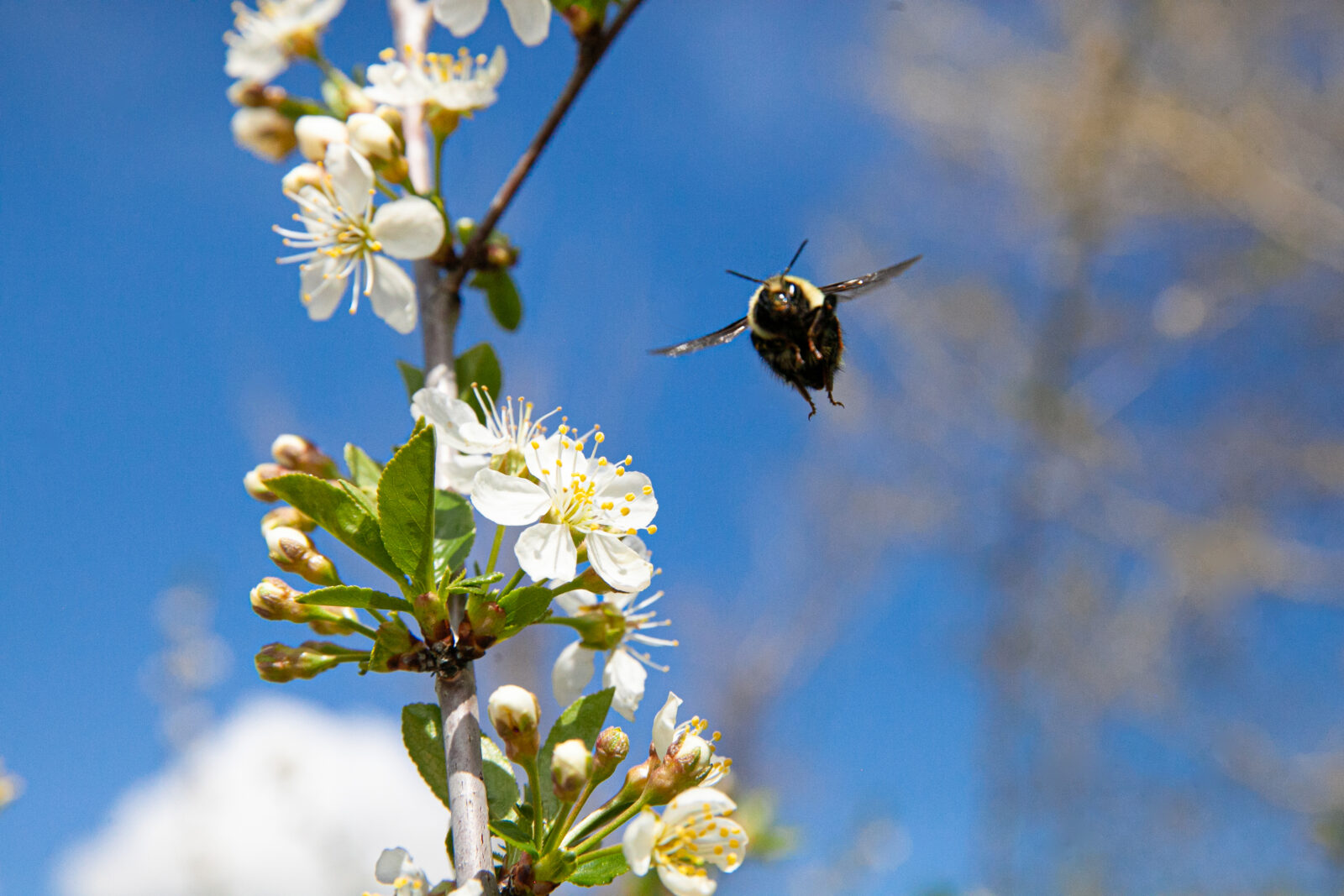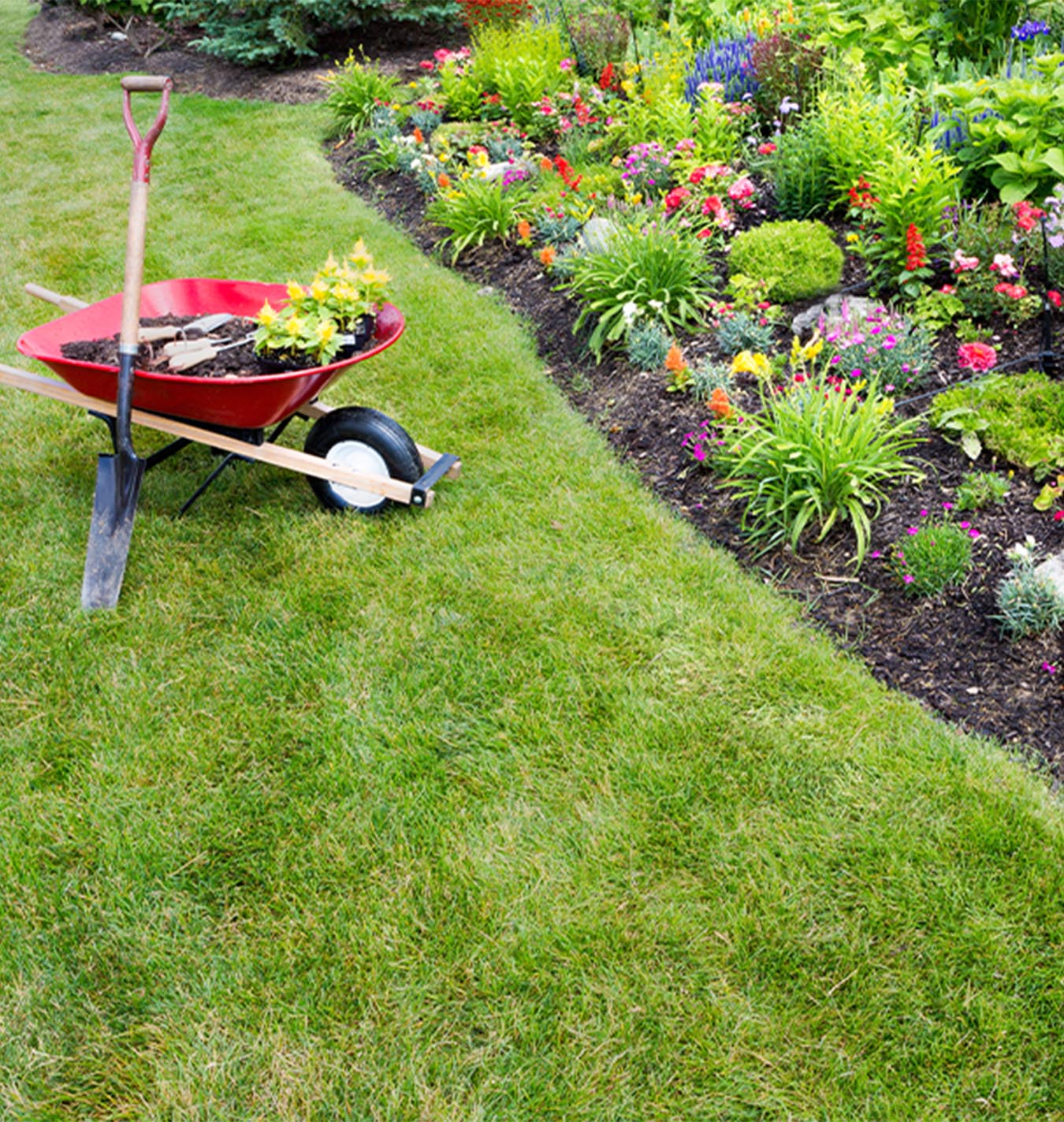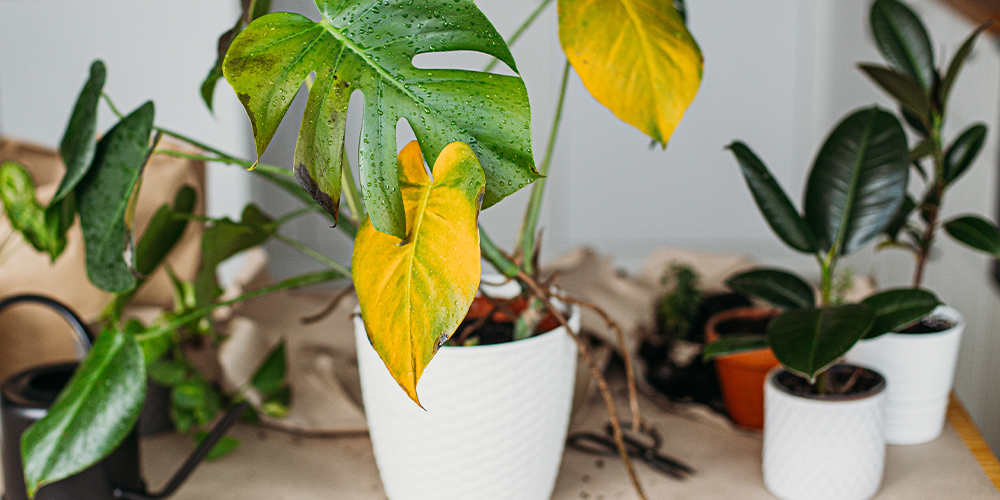
Think debugging your houseplants is strictly a summer task? Sorry to break it to you, pal, but those ruthless plant pests are just as likely to set up camp in your houseplant collection over the winter as they are during the warmer months. This is especially true if you bring in outdoor potted plants indoors over the winter to protect them from the cold””it’s not uncommon for a few stowaways to sneak in. Plus, when no natural predators are roaming about inside the house, those bugs are free to feast and multiply to their heart’s content.
If you’ve got some houseplants in need of debugging, or if you want to keep an eye out for the early signs of a pest infestation before things get out of hand, take a look at this simple guide to debugging your houseplants in Edmonton.
Top 7 Tips For Debugging Houseplants
Houseplants are particularly vulnerable to pests in the winter because they are in a dormancy phase where they grow slower, and new growth is weaker than usual. It’s important to intervene and begin debugging your houseplants as soon as you notice a problem, so your plants don’t end up getting taken over. Here are some proven techniques for debugging plants, plus some suggestions on how to prevent bugs from going berserk on your precious houseplant collection.
Inspect Your Houseplants Regularly
This might seem a little obvious, but it’s so important to be thorough when you inspect a houseplant for pests. There are many telltale signs: sticky leaves, yellow spots, chomp marks, fine webbing, and, y’know, live bugs. But sometimes those bugs are pretty dang small, and if you don’t keep a close watch, a few bugs can turn into a massive mob in the blink of an eye. Debugging a few creepy crawlies from a houseplant is definitely a lot easier than debugging swarms off of your entire houseplant collection!
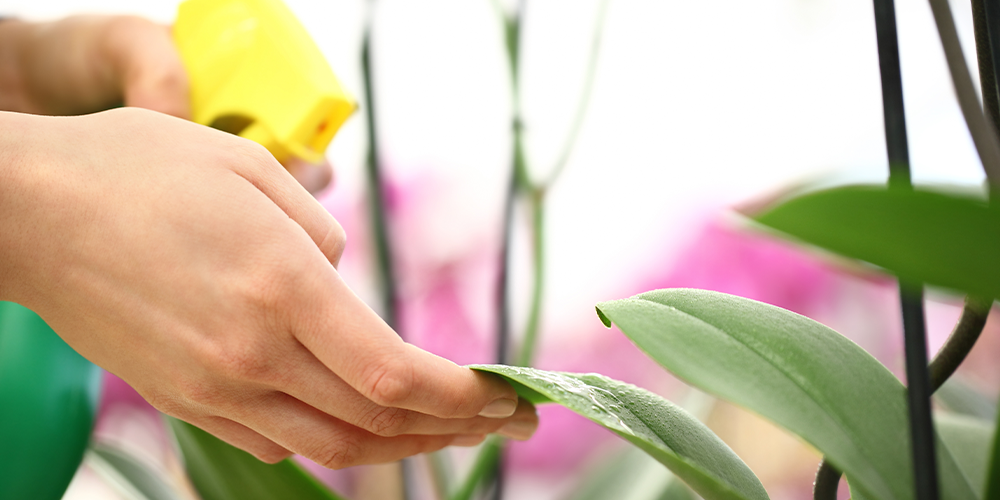
When inspecting a houseplant, always check the undersides of the leaves. This is a favoured hiding spot for pests, and it’s also a safe spot for them to lay their eggs (ew). If your vision isn’t 20/20, it might be a good idea to pick up a magnifying glass so you can get a closer look. Check the soil too, because some bugs like to hang out around the soil surface and mess around with your plant roots. The roots of your plant are the most fragile, and the most important part of the plant to protect, so you want to keep a close watch.
Spray Insecticidal Soap
We’re definitely not big on using harsh chemical insecticides, for obvious reasons. When used outdoors, they end up threatening populations of beneficial bugs like ladybugs, butterflies and bees. When used indoors, you’re exposing yourself, your family and your pets to toxic compounds. So no matter how you use them, there are big downsides. Alternatively, when you use an all-natural pest control solution, you can effectively debug houseplants without all the nasty chemicals and carcinogens. It’s safer for you, and the earth!
If you’re wondering how to debug plants before bringing them in the house, look no further than insecticidal soap. It’s one of the easiest solutions for debugging houseplants, as well as outdoor garden plants. A little bit of mild dish soap mixed in with water can work, but sometimes the formula can be a bit harsh on more delicate houseplants, so we prefer to use all-natural castille soap. Just squirt some soap into a spray bottle filled with water, shake it up, and spray all over your plant leaves “” especially the undersides. This will debug your houseplants of most of the more common garden pests quickly and conveniently, with zero risk of harm. Just be sure to place your houseplants in a spot with good air circulation after spraying them down, because if that moisture sits in the foliage without evaporating, it could lead to mildew.
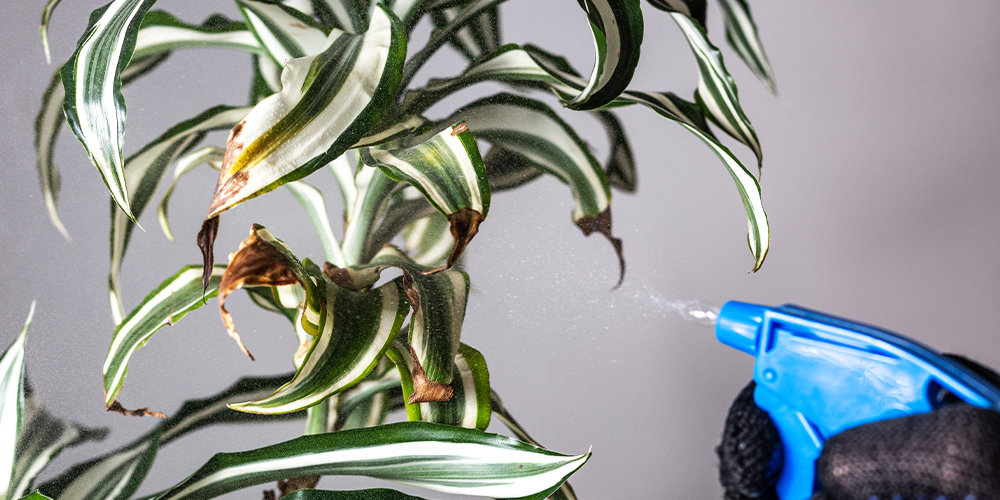
Try Pyrethrum Spray
Don’t let the name fool you “” this product might sound like a weird chemical spray, but it’s actually a natural compound sourced from the chrysanthemum flower! It’s great for debugging because it messes with insects’ central nervous system and paralyzes them almost immediately upon contact. We recommend it for debugging indoor houseplants because, while it is natural, it can still pose a threat to beneficial bugs like ladybugs and bees. It’s pretty strong, so you don’t need to overdo it “” it’s meant to be used as a spot treatment.
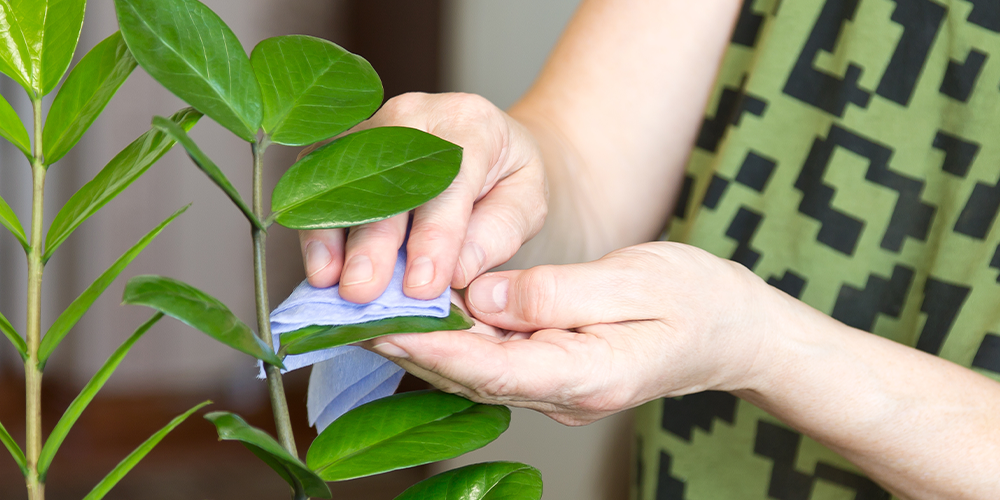
Wipe Leaves With An Alcohol Solution
If your houseplant has thicker, wider leaves that aren’t too fragile, giving it a thorough wipe-down with an alcohol wipe can effectively debug it. Just a splash of isopropyl alcohol in water should do it “” you don’t want to have it too concentrated, because alcohol has dehydrating effects (as anyone who has woken up with an unquenchable thirst after a night of shenanigans can attest). The solution also disinfects to help prevent fungi and is great for clearing dust build-up.
Suck Up Flying Insects With The Vacuum
If the windowsill where you keep your houseplants is suddenly overrun with gnats or other flying pests, sucking them out of the air with the vacuum is a quick fix for getting them outta there! But please, be careful not to suck up a chunk of your houseplant into the vacuum nozzle. That would be a tragedy.
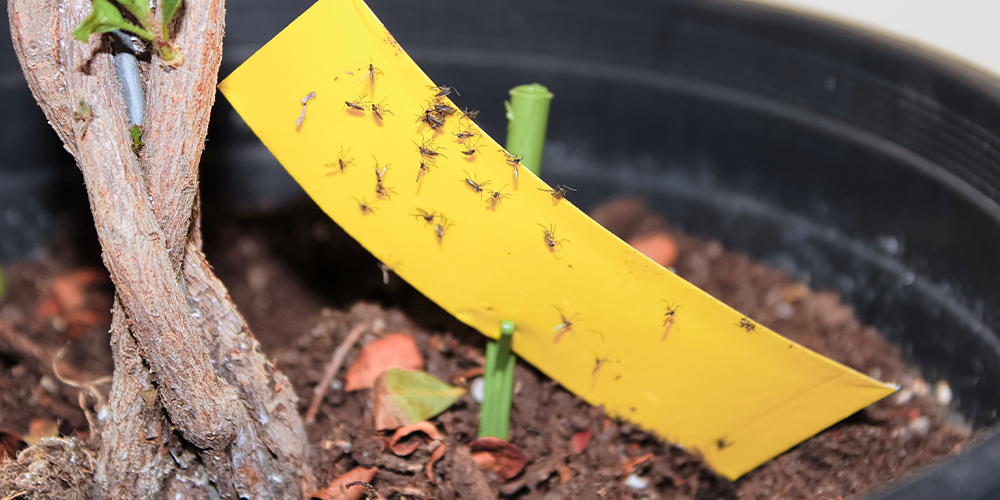
Repel Houseplant Bugs With Garlic
Insects are pretty much the vampires of the plant world, preferring to hang out in dark spaces and sucking the sap from leaves full-on Dracula style. Turns out, there’s another thing they have in common with those spooky dudes: they hate garlic! Peel a clove or two of garlic and press them into your houseplant soil. This will help keep the bugs at bay”¦ and the vampires too. You can never be too careful! If your garlic cloves start to sprout some green and start growing just pull them out, nip off the stems, and squish them back in there.

If you’ve noticed some nasties hiding away in your houseplants and you gotta debug them ASAP, come visit us at Salisbury and we’ll help you troubleshoot your pest problem. We’ve got plenty of tools and natural, organic solutions for debugging, so you can skip the gnarly chemicals and opt for an eco-friendly alternative that you can feel good about using inside your home.

